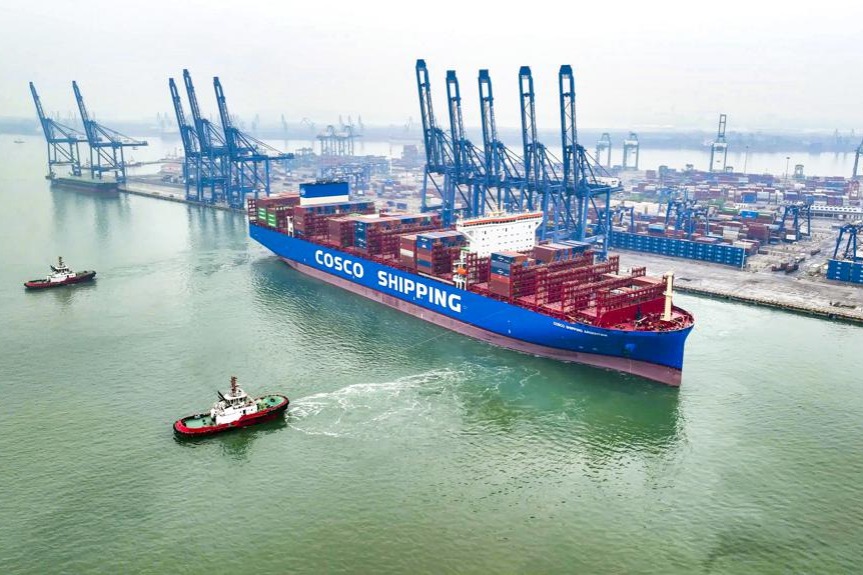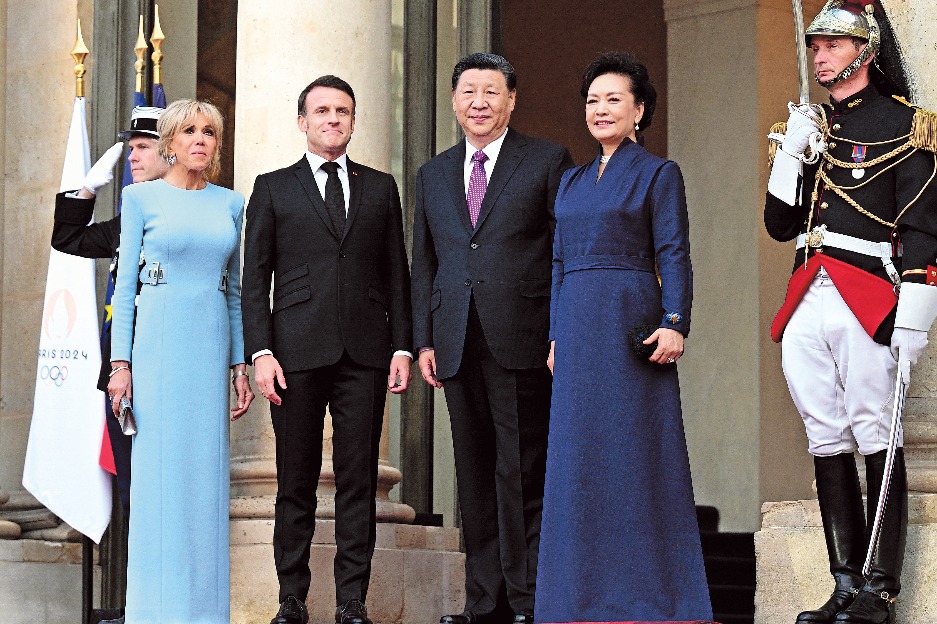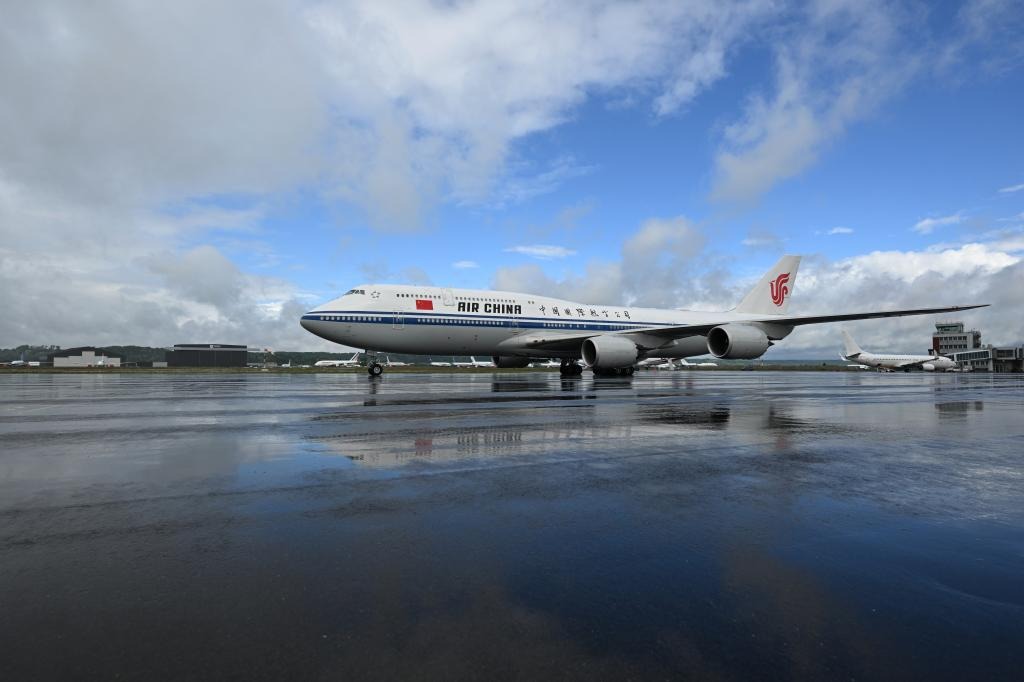Economy back on sustainable growth track
By Yu Ze | China Daily | Updated: 2020-11-14 09:21

That the Singles Day annual e-shopping festival has set records with Tmall reporting total sales revenue of 498.2 billion yuan ($75.26 billion) and JD of 271. 5 billion yuan indicates the Chinese economy is on the fast track to recovery on the back of rising consumption.
The Chinese economy's resilience in the face of the novel coronavirus pandemic is evident from its recovery in the second and third quarters of the year and the rise in major indicators, including GDP growth, added value industries above designated size, and residents' income. Besides, the improvement in small and medium-sized enterprises' business has helped the recovery of both the supply side and demand side.
The economic recovery in the second and third quarters is attributable to China's success in virtually containing the virus, the country's sound industrial base, the huge domestic market and revival of exports. These factors will continue to boost China's economic recovery not only in the fourth quarter but through to 2021. But instead of being complacent, the authorities need to take measures to sustain the growth momentum, so as to prevent possible economic risks during the implementation of the 14th Five-Year Plan (2021-25) period.
Since the outbreak of the pandemic earlier this year, the Chinese economy has passed through three stages. In the first stage, despite being focused on preventing and controlling the virus in order to restore normalcy, the Chinese government launched more than 90 policies and measures to facilitate the resumption of production and other economic activities, which helped stabilize, to a large extent, the industrial supply chain.
By increasing the fiscal deficit, issuing special government bonds, lowering taxes and fees, and reducing the reserve rate ratio and taking other vital measures, the government helped reduce enterprises' costs. Which not only protected the market players but also created an atmosphere conducive to economic revival.
In the second stage, as major market players gradually recovered after May, the government reverted macroeconomic policy to normal through targeted control. And by the end of October, interests on one-year and 10-year treasury bonds had increased by 160 basis points and 75 basis points to 2.7 percent and 3.2 percent respectively.
In the third stage, rising consumption became the major engine for economic recovery. With China largely containing the epidemic, the majority of migrant workers returned to work in cities by the end of June. As industries such as cultural, sports and entertainment, transportation, retail and other service sectors, which were seriously affected by the epidemic, have started recovering since August, there has been a corresponding rise in consumption.
The reduction in the income of employees in these industries due to the epidemic had restrained consumption. With the recovery of these industries, residents' income will gradually recover, which in turn will increase consumption in the coming months and strengthen the overall economy.
Yet despite the economic recovery and expected positive growth for the year, the Chinese economy still faces some potential risks. First, the growth rate may not be as high as expected. Although there has been a strong rise in consumption, the problem of overall sluggish consumption is yet to be solved. And in the absence of strong consumption, prices will fall, dragging down manufacturing investment. There is a need therefore to boost consumption to stabilize growth.
Second, output could fall below expectations, because the epidemic has had a serious impact on many industries, causing a mismatch between supply and demand, and adding to the structural problem, which could affect growth in the future. As such, preventive measures should be taken to deal with such an eventuality.
In addition, in many sectors there's a big gap between leading enterprises and SMEs; similarly there's a big economic gap among regions. So to ensure smooth, high-quality development during the 14th Five-Year Plan period, the authorities need to ensure economic recovery enhances the "dual circulation" development pattern. And consumption upgrading will play a key role in the new development pattern, because domestic consumption is necessary for sustaining growth.
The 14th Five-Year Plan gives the development direction for the future, which includes deepening reform to promote consumption upgrading, and transforming processing trade and reconstructing the domestic supply system to sustain development and strengthen national security.
The author is a professor at the School of Economics, Renmin University of China.
The views don't necessarily reflect that of China Daily.
If you have a specific expertise and would like to contribute to China Daily, please contact us at opinion@chinadaily.com.cn , and comment@chinadaily.com.cn
























